.webp)
The Grounds Guys® recommend how to use specific flowers to naturally deter pests from your vegetable garden:
|
Last Updated April 11, 2023If you’re looking for a natural way to keep insects away from your vegetable garden, try planting flowers! Studies have shown that planting certain kinds of plants near other plants – or companion planting – can help keep unwanted pests away from your garden without the need for chemicals. In fact, some of our favorite flowers repel insects through fragrance, oils, or even colors. Read on to learn about the best flowers for a vegetable garden that deter pests!
Table of Contents:
Asters
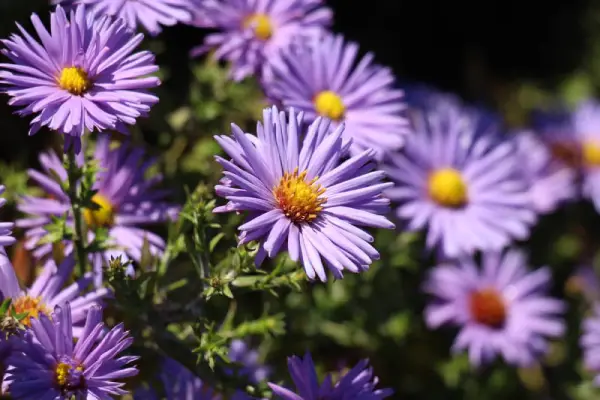
The aster is a pretty perennial that works well as a border for vegetable gardens. That’s because asters repel almost all insects. You can plant asters with sunflowers for a colorful effect, or on their own as an effective insect repellent. With the right garden placement, you could keep those unwanted pests far away from your vegetable plants.
Calendula
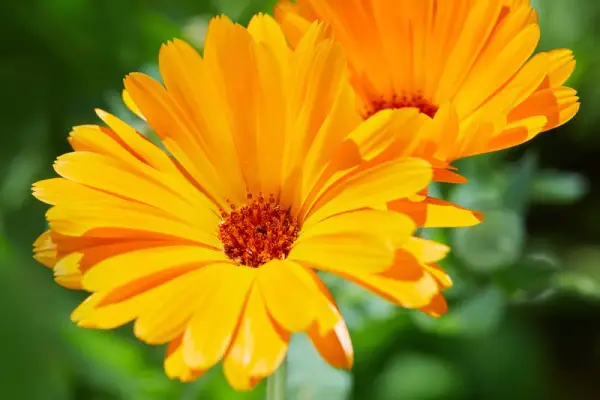
If you want pretty flowers that deter garden pests, you can’t do better than calendula. Calendula flowers may resemble the marigold, but this flower is actually an herb known for its antifungal and antimicrobial properties. Calendula is especially helpful at repelling asparagus beetles and tomato hornworms, and can be planted near almost any kind of vegetable or herb.
Chrysanthemums
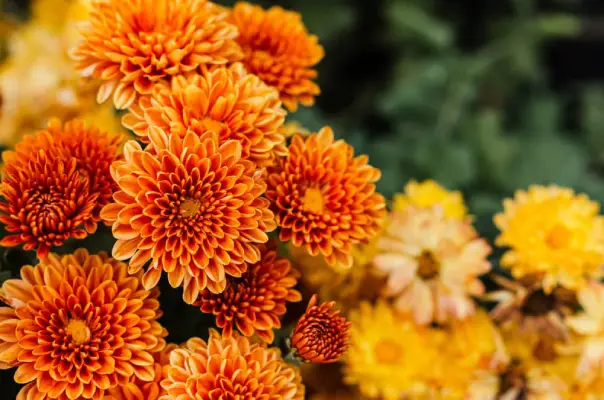
If your garden has an issue with spider mites or nematodes, consider planting chrysanthemums to drive them away. Chrysanthemums are a top choice among flowers that deter pests because they are both colorful and easy to grow. They work best when planted near tomato plants, but avoid planting chrysanthemums near lettuce.
Geraniums
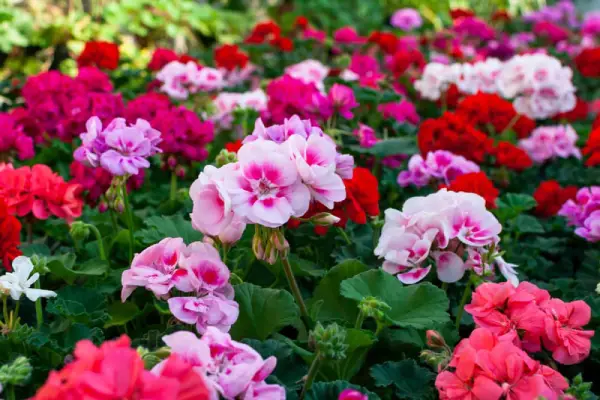
One of the best flowers to protect your cabbage or other leafy greens is geraniums. Geraniums are a favorite flower for their attractive blooms, but they also repel cabbageworms, corn earworms, Japanese beetles, and more. You can plant geraniums among your vegetables or cabbage patch for maximum insect-repelling results.
Lavender
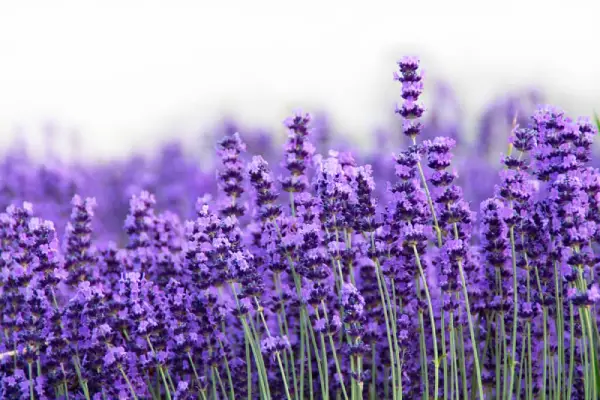
To humans, lavender gives off a pleasant aroma that is a favorite for many of us, but most animals and insects won’t come near it. This is good news for gardeners, who can plant lavender to help keep mosquitos and other insects at bay. Lavender can be planted with roses and herbs like rosemary, but does not get along well with mint or impatiens.
Marigolds
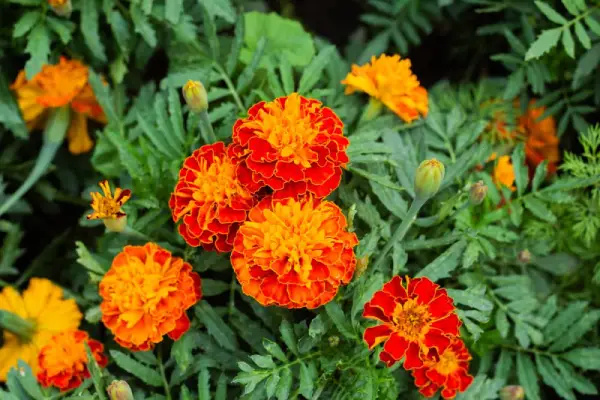
Marigolds are more pretty flowers that help a vegetable garden avoid insects. Marigolds are a great all-around insect-repelling flower that works near a variety of different vegetables. These flowers are especially helpful at repelling Mexican bean beetles and nematodes, making them a great companion to tomato, pepper, potato, and eggplant
Nasturtiums
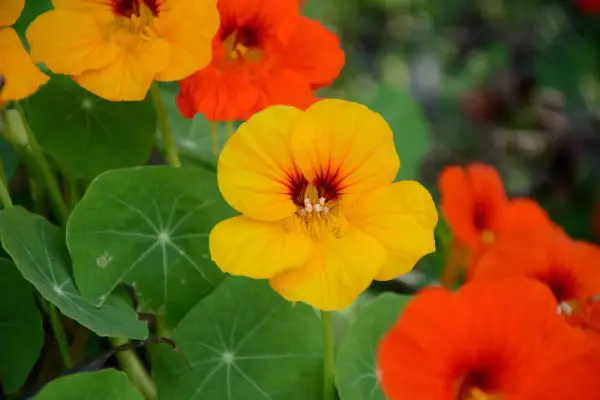
If aphids are chewing up your garden, it’s time to plant some nasturtiums. Easy to grow and pretty in bloom, nasturtiums repel aphids, squash bugs, striped pumpkin beetles, and whiteflies. Plant nasturtiums near beans, cabbages, and cucumbers to ensure an insect-free growing season.
Related Topic: Selecting the Best Organic Fertilizer for Your Vegetable Garden
Petunias

For gardens that feature beans, squash, or potatoes, another great insect-repelling flower you should consider is petunias. Petunias naturally repel a range of insects that target bean plants, squash, and potato plants. They also attract hummingbirds! Plant petunias near tomato plants for optimum results.
Tansy
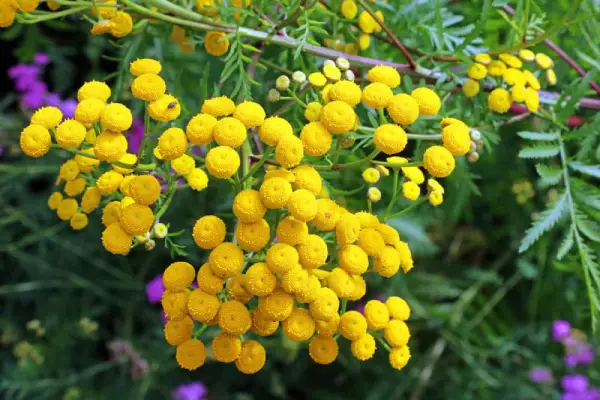
Tansy is an herbaceous perennial that can keep ants, flying insects, and several kinds of beetles away from your vegetable garden. Tansy works well when planted near potato and squash plants, but avoid planting it near collard greens.
Next Up: Use Mulch to Deter Insects
Now that you know about some of the best insect-repelling flowers for your garden, you can make real progress toward reducing unwanted pests, naturally. But did you also know that mulch can help keep insects away from your garden as well? There are many benefits of using mulch in your garden.
If you need help with the rest of your landscape, contact the Grounds Guys. We offer a variety of residential landscaping and lawn care services that can help keep your property looking its absolute best. Contact The Grounds Guys to learn more or to request a job estimate.
FAQs About Plants That Deter Insects From Vegetable Gardens
Our 200 franchise locations across the U.S. and Canada share a common goal - use our years of experience and expertise to help you bring the vision for their property to life. This includes answering questions you have about landscaping and lawn care. Below are answers to some of the most frequently asked questions about plants that deter bugs from your vegetable garden.
What are the best flowers to naturally keep pests away from a vegetable garden?
The most effective plants that keep bugs away from vegetable gardens include marigolds, nasturtiums, geraniums, and lavender. These companion flowers work through different natural mechanisms to protect your crops.
Top plants that deter bugs:
- Marigolds: Repel Mexican bean beetles, nematodes, and aphids while working well near tomatoes, peppers, and eggplant
- Geraniums: Excellent for deterring cabbage worms, corn earworms, and Japanese beetles from leafy greens
- Nasturtiums: Act as trap crops for aphids, squash bugs, and whiteflies near beans and cucumbers
- Lavender: Keeps mosquitos and flying insects away through its strong scent
- Calendula: Targets asparagus beetles and tomato hornworms with antifungal properties
These plants that deter bugs work best when planted strategically around your garden's perimeter or interspersed among vegetable rows. Each flower targets specific pest species, so combining multiple varieties creates comprehensive protection for different crops throughout your growing season.
How do companion flowers like marigolds or nasturtiums help protect crops from insects?
Companion flowers protect vegetables through three main defense mechanisms: chemical deterrents, trap cropping, and beneficial insect attraction.
Chemical Defense Systems
Marigolds release natural compounds called thiophenes from their roots, which repel soil-dwelling nematodes and root-feeding insects. Their strong scent also masks the appealing odors that vegetables emit, confusing pest insects trying to locate host plants.
Trap Crop Strategy
Nasturtiums act as sacrificial plants by attracting aphids, squash bugs, and cucumber beetles away from your main crops. These pests prefer nasturtiums over vegetables, concentrating damage on flowers you can easily remove rather than your food plants.
Beneficial Insect Habitat
Both flowers attract predatory insects like ladybugs, lacewings, and parasitic wasps that feed on garden pests. Marigolds' nectar feeds these beneficial insects, while nasturtiums provide shelter and alternative food sources.
Marigolds excel at soil protection and general deterrence, while nasturtiums work best as decoy plants that keep bugs away from valuable crops.
Can I plant pest-deterring flowers alongside vegetables in raised beds or containers?
Yes, geranium and other pest-deterring flowers thrive in raised beds and containers alongside vegetables, often performing better than in traditional garden plots due to improved drainage and soil control.
Container Growing Tips:
- Choose compact varieties like dwarf marigolds, trailing nasturtiums, or upright geraniums that won't overwhelm vegetable plants
- Use containers at least 12 inches deep to accommodate both flower and vegetable root systems
- Plant pest-deterring flowers around container edges with vegetables in the center
Raised Bed Placement: Position taller flowers like geraniums and calendula along north-facing edges to avoid shading vegetables. Plant low-growing nasturtiums and dwarf marigolds between vegetable rows or as living mulch around larger plants like tomatoes.
Spacing Considerations: Maintain 6-8 inches between flowers and vegetables in containers, and 12-18 inches in raised beds. This prevents competition for nutrients while ensuring pest-deterring benefits reach your crops.
Container-Friendly Combinations:
- Cherry tomatoes with compact marigolds and trailing nasturtiums
- Lettuce and herbs with border plantings of dwarf geraniums
- Pepper plants surrounded by low-growing calendula
The controlled environment of raised beds and containers actually enhances the effectiveness of companion planting by concentrating beneficial plant interactions in a smaller space.
This article is intended for general informational purposes only and may not be applicable to every situation. You are responsible for determining the proper course of action for your home and property. The Grounds Guys are not responsible for any damages that occur as a result of this blog content or your actions. For the most accurate guidance, contact The Grounds Guys location nearest you for a comprehensive, on-site assessment.